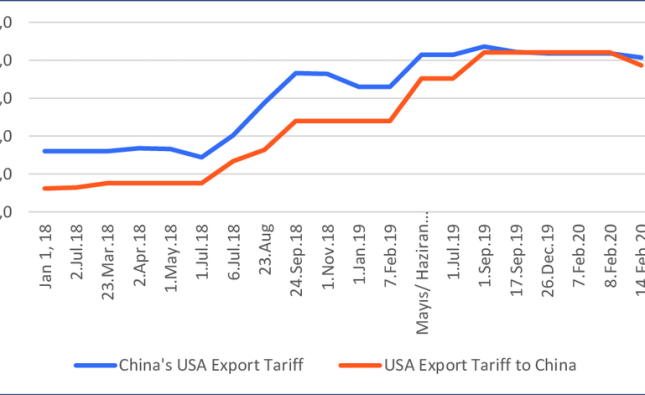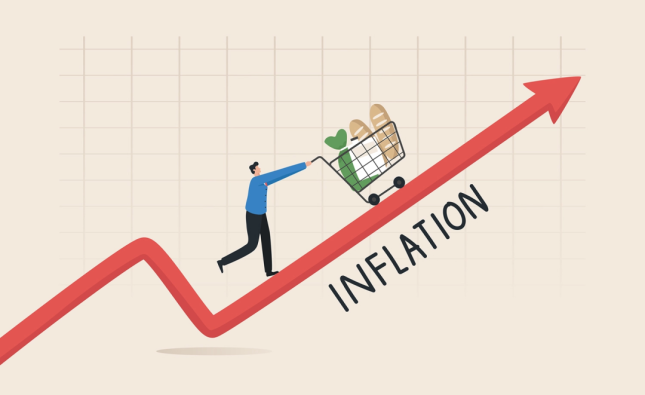
In a world where financial stability often seems like an elusive dream, the power of planning emerges as a beacon of hope. Crafting a debt-free income blueprint is not just about managing finances; it’s about taking control of your future, mitigating risks, and paving the way for financial freedom. In this article, we delve into the significance of planning, explore strategies for crafting a debt-free income blueprint, and provide insights through analysis and comparative tables.
Why Planning Matters

Planning is the cornerstone of financial success. Without a clear roadmap, individuals often find themselves adrift in a sea of debt and uncertainty. A well-crafted plan not only helps in managing current expenses but also prepares for future contingencies. It empowers individuals to make informed decisions, prioritize goals, and allocate resources effectively.
Strategies for Crafting a Debt-Free Income Blueprint
- Assessment of Financial Situation: The first step towards crafting a debt-free income blueprint is to assess your current financial situation. This involves analyzing income streams, expenses, assets, and liabilities. Understanding where you stand financially lays the foundation for effective planning.
- Setting Realistic Goals: Identify short-term and long-term financial goals. Whether it’s paying off debt, saving for retirement, or purchasing a home, setting realistic and achievable goals provides clarity and motivation.
- Budgeting: Develop a comprehensive budget that outlines income, fixed expenses, variable expenses, and savings. Budgeting helps in tracking spending patterns, identifying areas where expenses can be reduced, and ensuring that financial resources are allocated wisely.
- Debt Management: Prioritize debt repayment by focusing on high-interest debts first. Explore debt consolidation options or negotiate with creditors to lower interest rates. Implementing a debt repayment strategy accelerates progress towards financial freedom.
- Emergency Fund: Build an emergency fund to cover unexpected expenses such as medical bills, car repairs, or job loss. Aim to save three to six months’ worth of living expenses in a liquid and easily accessible account.
- Investing Wisely: Allocate a portion of income towards investments that align with your risk tolerance and financial goals. Diversify your investment portfolio to mitigate risk and maximize returns over the long term.
Analysis Table: Importance of Planning
| Benefits of Planning | Explanation |
|---|---|
| Financial Stability | Planning provides a framework for managing finances effectively, reducing the likelihood of financial crises and promoting stability. |
| Goal Clarity | Setting clear financial goals helps individuals stay focused, motivated, and accountable, leading to greater success in achieving desired outcomes. |
| Resource Allocation | Planning enables individuals to allocate resources strategically, optimizing spending and saving patterns to achieve maximum benefit. |
| Risk Mitigation | Through careful planning, individuals can identify and mitigate potential risks, safeguarding their financial well-being against unforeseen events. |
| Long-Term Security | A well-crafted financial plan ensures long-term security by providing a roadmap for achieving financial independence, retirement goals, and legacy planning. |
Comparative Table: Debt Repayment Strategies
| Debt Repayment Strategy | Description | Advantages | Disadvantages |
|---|---|---|---|
| Debt Snowball Method | Involves paying off debts from smallest to largest balance regardless of interest rate. | Provides psychological motivation by achieving quick wins. | May result in paying more interest over time compared to other methods. |
| Debt Avalanche Method | Focuses on paying off debts with the highest interest rates first while making minimum payments on other debts. | Minimizes total interest paid over time, potentially saving money. | Progress may feel slower initially if highest-interest debts have large balances. |
| Debt Consolidation | Involves combining multiple debts into a single loan with a lower interest rate, simplifying repayment and potentially reducing overall interest costs. | Streamlines repayment process and may result in lower monthly payments. | Requires good credit to qualify for favorable loan terms; may incur fees or charges. |
| Negotiating with Creditors | Involves contacting creditors to negotiate lower interest rates, extended payment terms, or settlements for less than the full balance owed. | Can reduce the total amount owed and make repayment more manageable. | Success depends on creditor willingness to negotiate; may temporarily impact credit score. |
| Balance Transfer | Involves transferring high-interest credit card debt to a new credit card with a lower introductory interest rate, often for a limited period. | Provides temporary relief from high interest rates, allowing more money to go towards principal. | Introductory rates may expire, leading to higher interest charges if debt is not paid off in time; may incur balance transfer fees. |
Conclusion
Crafting a debt-free income blueprint requires diligence, discipline, and a commitment to long-term financial success. By embracing planning as a guiding principle, individuals can take control of their finances, overcome debt, and build a secure future. Through careful assessment, goal setting, budgeting, and strategic decision-making, the journey towards financial freedom becomes not just a possibility, but a tangible reality.










